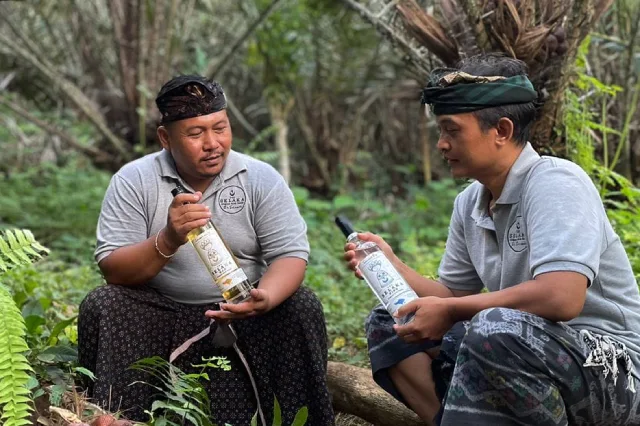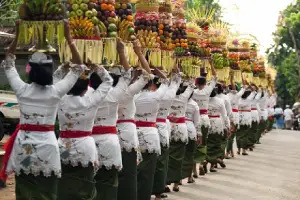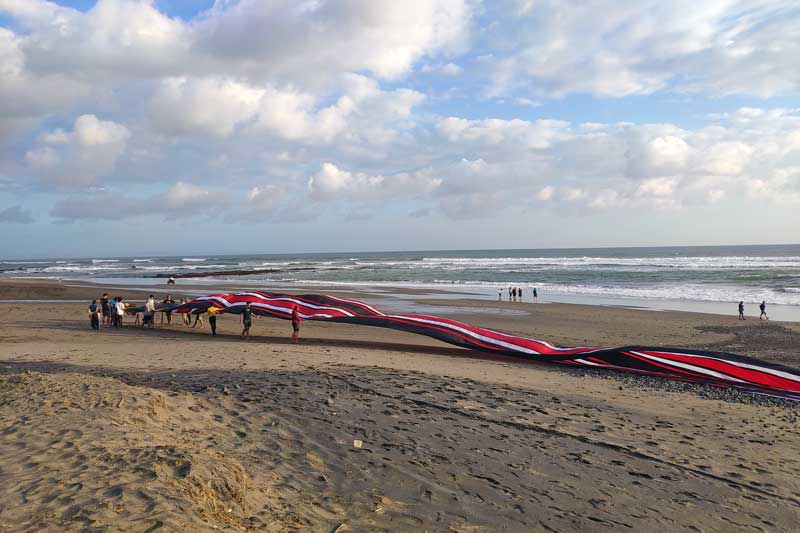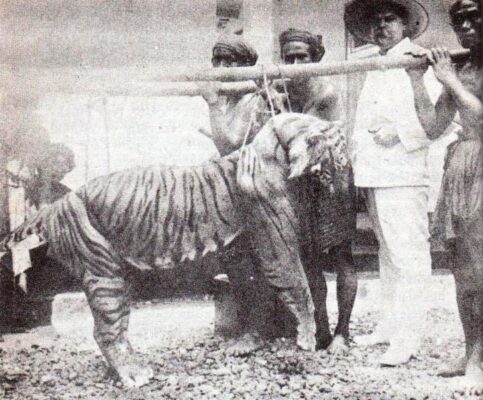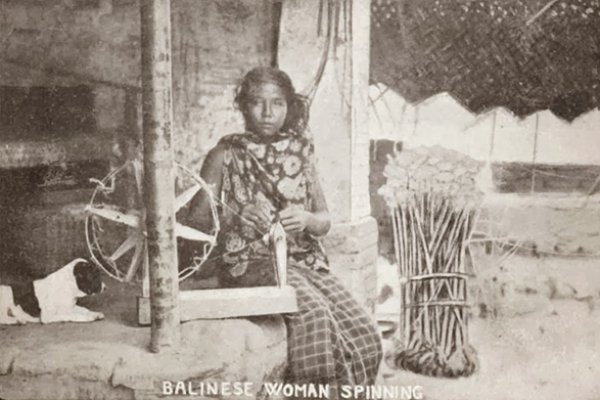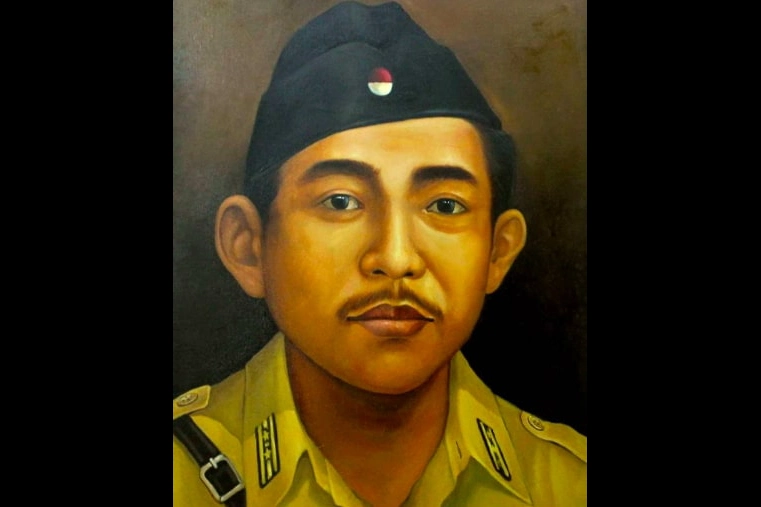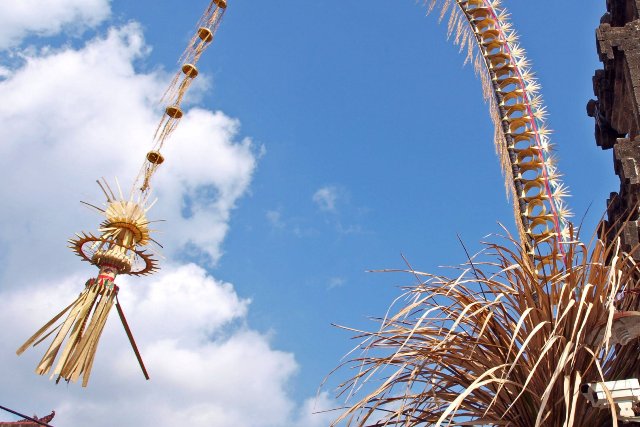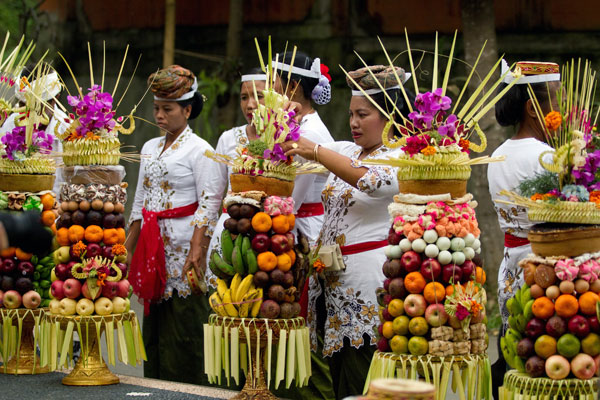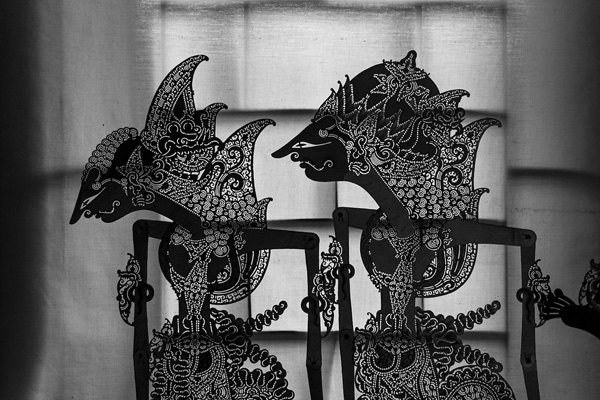Things to Do in Bali
Layang Layang – Bali Kites
Young and old love this Balinese Tradition
Sometime between June until September, Bali’s usual clear blue skies will be decorated with colorful kites flown by joyful kids and grown-ups all over the island. These months are considered as the best period to let the kites rise towards the sky, as the winds during the dry season are strong and kites can reach unbelievable heights. However, you can see kites in the skies of Bali all year around. Balinese kites, known as “layang-layang” in the local language, are traditional kites crafted and flown by the Balinese people. They come in various shapes and sizes, often featuring intricate designs and bright colors.

It is a wonderful moment for the Balinese to gather on the beach or play with their kites from the rice fields together with friends, family or neighbors.
Flying kites in Bali is not just a hobby (which it can be), but it is anchored as a sacred religious tradition to thank Gods and request a bountiful harvest or “Rare Angon.” The colors commonly chosen are black, white, red and yellow, which represent the incarnations of the Hindu deities.
There are at least three types of traditional Balinese kites we can find today:
-
Bebean kite which looks like a fish
-
Janggan kite depicts a long tail bird or a dragon
-
Pecukan kite is shaped like an enormous leaf and known to be the most difficult to fly
From a very young age, boys in Bali are taught to make their kites from the bamboo and thin colorful paper known as “kertas minyak”; this is also a cherished father-son bonding activity.
Adults replace that paper with silk-cloth that is sewn up on the bamboo frame and using rope instead of string to navigate the kite. For the large kites that are 5m or longer in size (without the tail!) a large group of people are necessary to operate them.
The largest fish shaped kite belonging to the Meranggi family, has a tail of 150m length, weighing 80kgs, and comes with a wingspan of 10 meters and a length of 15 meters.
Spectacular Drone Video – Bali Kite
Great facts about the Bali Kites & Tradtions
“It’s a bird… it’s a plane? Is it Superman?”
These small lights in Bali’s night sky might sometimes even look ike stars, or airplanes, but they are kites. High up in the sky, with LED lights. It’s hard to guess how high some of these are climbing, but a kite needs to be quite high to give you the impression, it could be a star or plane.
Balinese kites, known as “layang-layang” in the local language, are traditional kites crafted and flown by the Balinese people. They come in various shapes and sizes, often featuring intricate designs and bright colors.
2. What is the cultural significance of Balinese kites? Answer: Flying kites in Bali holds deep cultural significance. Kite-flying is considered a religious activity, and it is believed to carry messages to the gods and spirits, asking for blessings and good fortune. It is also associated with celebrating various harvest festivals and ceremonies.
3. What is the main meaning behind flying Balinese kites? Answer: Flying kites in Bali symbolizes the spiritual connection between the earth and the heavens. The act of sending kites soaring into the sky is believed to appease the gods and bring harmony and prosperity to the land and its people.
4. When are Balinese kites flown? Answer: Balinese kites are flown during specific festive occasions and temple anniversaries, known as “odalan.” The Bali Kite Festival, held annually in July on the island’s eastern coast, is a major event showcasing the artistry and skill of kite-flying teams from different villages.
5. How are Balinese kites made? Answer: Balinese kites are traditionally made from bamboo frames, adorned with colorful paper or cloth. The designs vary from traditional to modern, depicting mythical creatures, deities, or local symbols. Skilled artisans craft these kites, passing down the artistry from one generation to another.
6. Why are Balinese kites special? Answer: Balinese kites hold a special place in the hearts of the Balinese people because of their deep-rooted cultural significance. The art of kite-making and flying is passed down through generations, preserving the island’s ancient traditions. Additionally, the communal aspect of kite-flying brings communities together, fostering a sense of unity and celebration.
7. How do Balinese kites bring communities together? Answer: The process of creating and flying kites involves collective effort, encouraging cooperation and teamwork within villages. Preparations for kite festivals and ceremonies become opportunities for bonding and socializing, strengthening the community’s spirit and sense of belonging.
Flying kites in Bali holds deep cultural significance. Kite-flying is considered a religious activity, and it is believed to carry messages to the gods and spirits, asking for blessings and good fortune. It is also associated with celebrating various harvest festivals and ceremonies.
1. Cultural Tradition: Kite-flying is not just a recreational activity; it is a significant cultural tradition in Bali. Children are introduced to kite-flying at a young age by their families and communities during various festive occasions, temple anniversaries, and traditional ceremonies.
2. Bonding with Family and Friends: Making and flying kites offer opportunities for children to bond with their families, elders, and friends. The process of crafting a kite involves teamwork and collaboration, strengthening family and community ties.
3. Creativity and Skill Development: Children enjoy the creative process of designing and decorating their kites, which helps develop their artistic skills and fosters a sense of pride in their creations.
4. Outdoor Fun and Physical Activity: Kite-flying encourages children to spend time outdoors, enjoying fresh air and physical activity. It promotes a healthy lifestyle and helps them connect with nature.
5. Joy and Playfulness: Flying a kite is a joyful experience for children, bringing a sense of wonder and playfulness as they watch their kites take flight and dance in the wind.
6. Cultural Heritage: Children learn that kite-flying is an integral part of their cultural heritage, and participating in this tradition helps instill a sense of pride in their Balinese identity.
7. Social Events and Competitions: Local festivals and kite-flying competitions offer children a chance to showcase their kite-flying skills and compete with other enthusiasts, creating excitement and camaraderie.
Flying kites in Bali symbolizes the spiritual connection between the earth and the heavens. The act of sending kites soaring into the sky is believed to appease the gods and bring harmony and prosperity to the land and its people.
Balinese kites are flown during specific festive occasions and temple anniversaries, known as “odalan.” The Bali Kite Festival, held annually in July on the island’s eastern coast, is a major event showcasing the artistry and skill of kite-flying teams from different villages.
Balinese kites are traditionally made from bamboo frames, adorned with colorful paper or cloth. The designs vary from traditional to modern, depicting mythical creatures, deities, or local symbols. Skilled artisans craft these kites, passing down the artistry from one generation to another.
Balinese kites hold a special place in the hearts of the Balinese people because of their deep-rooted cultural significance. The art of kite-making and flying is passed down through generations, preserving the island’s ancient traditions. Additionally, the communal aspect of kite-flying brings communities together, fostering a sense of unity and celebration.
The process of creating and flying kites involves collective effort, encouraging cooperation and teamwork within villages. Preparations for kite festivals and ceremonies become opportunities for bonding and socializing, strengthening the community’s spirit and sense of belonging.
Some of the Balinese kites, particularly the larger ones, can soar to impressive heights. During the Bali Kite Festival, which takes place in July, the kites used in competitions can reach heights of up to 50 meters (164 feet) or more above the ground. These colossal kites require strong winds and skilled kite-flying teams to control them and keep them steady in the air.
The ability of the kites to ascend to such great heights adds to the spectacle of the festival, captivating the spectators with their grandeur and grace as they float high above the festival grounds. The sight of colorful kites soaring against the backdrop of Bali’s clear blue skies is a true testament to the artistry and expertise of the Balinese kite makers and flyers.
However there are reports of kites who have climbed 200m or more, depending on the size and the strength of winds.
The Bali Kite Festival Sanur
Since the late 1990s, the Sanur district of Bali has hosted the annual June–August Bali Kite Festival, which draws in a large crowd, especially kite fans from all over the globe. Hundreds of groups from all Bali banjars (local communities) will compete with their best kite flyer team, “Sekaa Layangan,” for the big prize. Each group builds their kites differently and takes months to prepare.
During the event, fascinating kites in many shapes from cartoon characters, temples, superheroes figure, and animals are flown in the air. There is a cultural theme contest as well, where a priest will bless the kite before taking-off and a group of 70-80 people; consisting of flyers, a gamelan band, and flag bearers will march to the venue in uniform.
There are several other Kite festivals organised during dry season, when the winds are strong. Also Gianyar and other regions in Bali celebrate and hold competitions to also keep this amazing tradition alive.

















